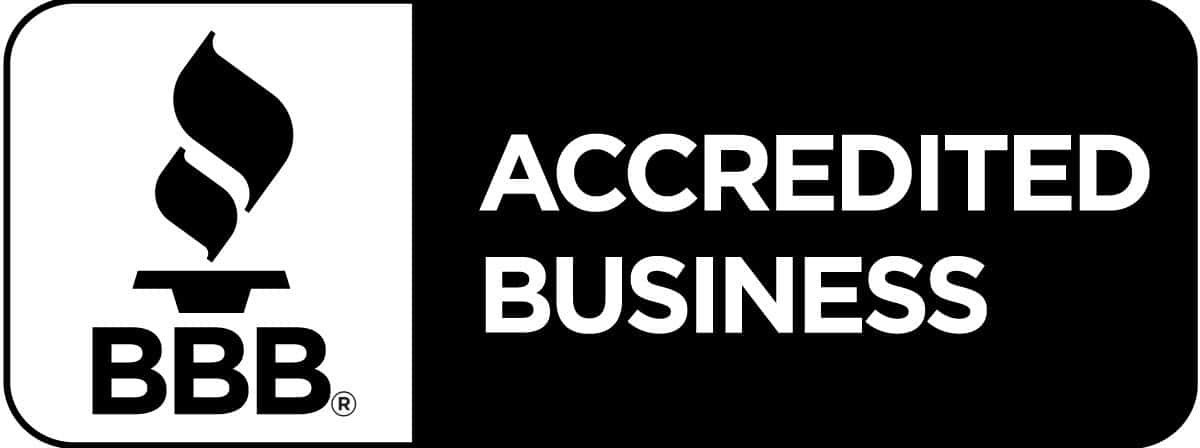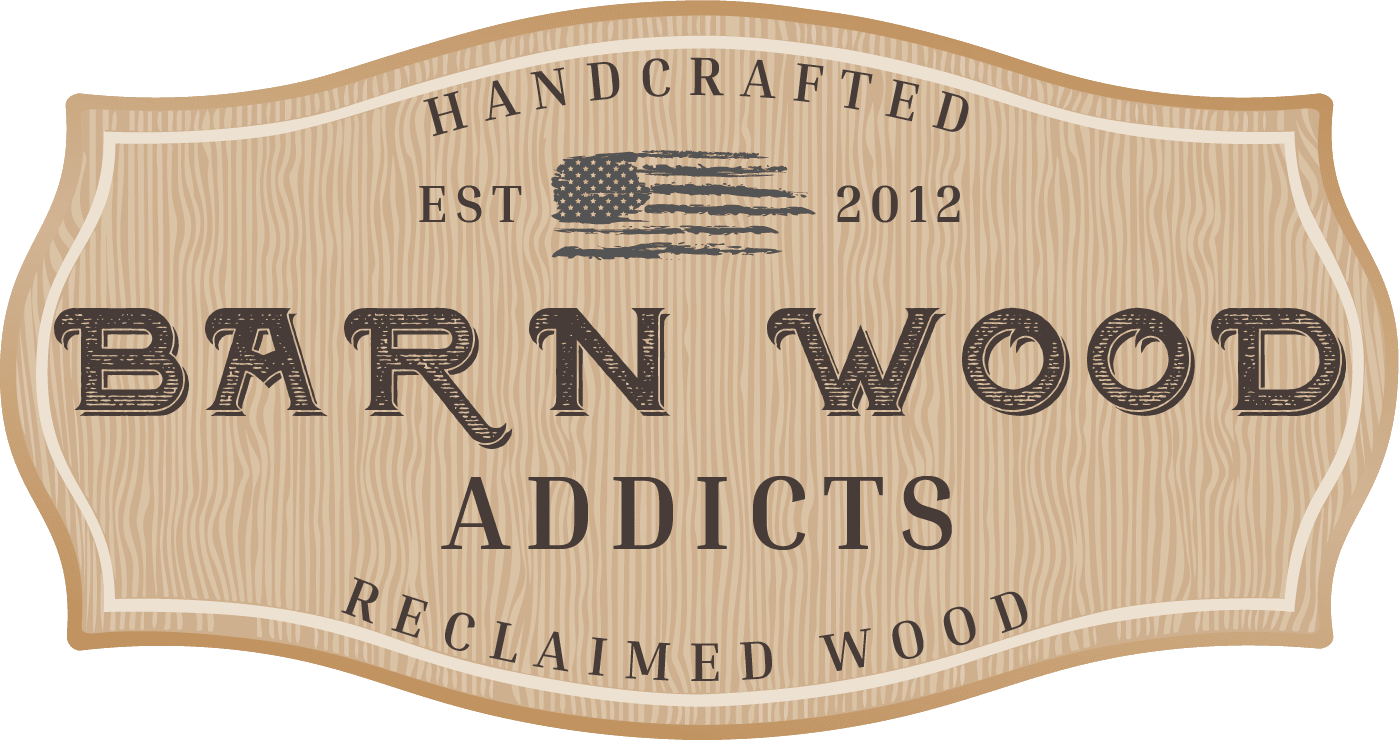Frequently Asked Questions
FAQ
Frequently Asked Questions
Where does the wood come from?
We only used post-consumer reclaimed wood. This means all of our wood comes from old structures like barns and houses. By using the wood from these old structures, that would otherwise end up in the landfill or burned down, we are saving a small piece of history, while decreasing our impact on the land by not falling new trees.
How old is the wood?
To date, the wood that we use is from the 1800’s era. This does not mean that future projects might include older wood or wood from the early 1900’s.
How is reclaimed wood milled?
Each piece is individually inspected for damage and rot. It is then stripped of any nails or metal. Whether the wood is put through the saw mill, the planer or just sanded is dependent upon the size of the board and the project that it is designated for. Be assured that each piece is checked every step of the way to ensure it is a quality board.
How is the wood acclimated?
Wood is hygroscopic, which means that it tends to absorb moisture from the air, dependent upon the humidity condition. While we take every step to ensure that your wood is acclimated, it is important that you allow the wood to acclimate again once it reaches its final destination – your home. Acclimating is when you allow the wood time to adjust its moisture content to the environment it is going to be in. Failure to acclimate your wood can result in cupping, warping, gaps or splits, even after installation. When we are ready to build your project, we put the wood in a warm, dry room so that it has time to acclimate to the temperature and humidity of a standard home. Once you receive your project, it is best to ensure it is either installed directly or stored in a dry, warm area. Changes in temperature and humidty, especially large changes, can result in the undesired effects that were described above.
Why is it so expensive?
You may find that you are paying more for reclaimed wood than you would store bought. Salvaging wood takes more work. It needs to be extricated, denailed and remilled, all with extra care to ensure that you end up with a quality material that will last for generations to come.
How do you work out pricing?
Many people are curious as to how we come up with the prices for our items. The easiest way for us to explain is to list the different steps that require labor and then the different materials that are required for the majority of the items that we make. We hope this will help with an understanding of why we charge what we do:
Labor Cost:
It takes a crew to take down a barn! Not only do we have to pay the crew their hourly wages but it also takes fuel for the truck, gas for the chain saw and cost of meals.
Most of the boards that we retrieve from the barn do not look very pretty. Many have upwards of 100 nails that have been put in them over the years. Each of these nails have to be removed before anything else can be done to restore the wood. This is not an easy task and it requires patience and time; along with a hammer, nail punch and pry bar for the larger nails.
No matter the project, all the wood has to be cut to size. This is done with a table saw and/or miter saw. Also, every board is planed on at least one side. This is done not only to get the wood down to the desired thickness but also to determine if it is still healthy on the inside.
From there it requires lots of sanding to ensure that each board is smooth. We don’t want customers getting splinters!
Many of the items we sell also have to be built. This also requires time and patience. Once the item is built, we do a final sand. It is then time for it to be stained and polyurethaned.
I am sure you can imagine the hours that are put into each and every board and beam that we retrieve from a barn!
Material Cost:
Unless we are selling wood “as is” there is material costs for each board.
These costs include:
- Sandpaper
- Screws
- Stain
- Polyurethane
- Brushes/rags
This does not include the cost to maintain or replace tools and buy replacement blades for all the cutting machines.
So there you have it – while this does not include actual dollar amounts, we hope this gives you a better idea of what it takes to build the item you are looking for. We price our items to ensure that, at the minimum, our material and wood costs are covered. Often, we are having to cover the cost of labor ourselves.
Have a Question?
If you have further questions regarding our business or in general, please feel free to send us an email or call us.




